How to Manage Laying Hens Near egg Production Peak?
For chicken farmers, the peak period of egg production will always be encountered at some stage of the year. Under normal circumstances, laying hens begin their pre-production period from the age of 16 weeks, and enter the peak of laying eggs at the age of 25 weeks. Whether the feeding and management status during the peak period of laying hens meets the requirements of chicken growth and egg production will have a great influence on the egg production during the entire production period. Therefore, for chicken farmers, it is very important to manage the layer chickens during production.
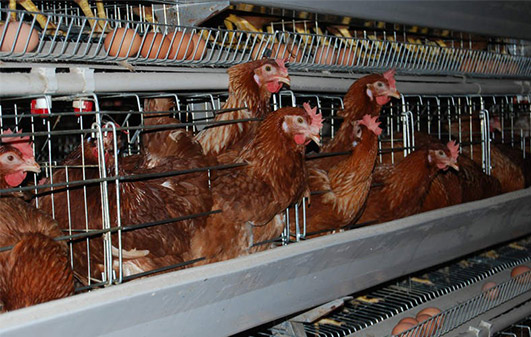
It is advisable to complete the laying of the laying hens before the age of 18 weeks in order to make the chickens familiar with the environment as soon as possible. In order to adapt to the increase of chicken body weight, growth of the reproductive system and the demand for calcium, the laying hens can be fed at the age of 18 weeks and the culmination at the age of 20 weeks. The most suitable temperature for laying hens is 13°C~23°C. In winter, it is better to keep above 10°C. In summer, it is better to keep below 30°C. Maintain indoor air circulation and prevent various noises. Keep the environment and feeding, drinking, lighting and other stability.
How to Know The State of the Chicken Through Chicken Drinking Amount?
Water is an important source of life. It can promote the metabolic activity of chickens. It is an invisible important role. Usually, it can affect the growth rate of chickens, egg production rate, and whether it is healthy. Insufficient drinking water can cause the chicken's skin to dry up, the muscle stomach's inner layer to become soft or mushy, and when it is severe, it will dehydrate and die.
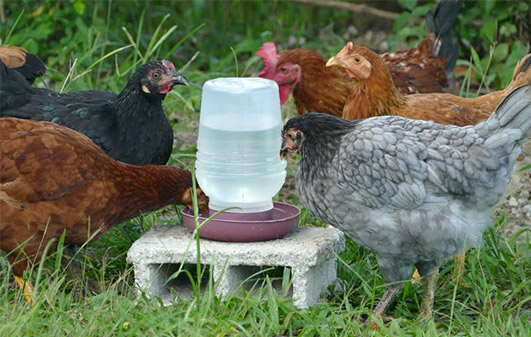
It is suggested that each house must be equipped with an electronic water meter and connected with the controller of the house so that it can monitor the daily drinking water situation, as well as the amount of drinking water during a certain time of the day. Good chicken equipment is equipped with a water meter on each water line, which can easily monitor the amount of water consumed by each flock in the house. We should collect and analyze this information every day to help improve the production performance of the flock. Take preventive measures. Drinking water nipples (the number of eggs and chickens and the amount of water output, the diameter of the water pipeline, etc., will all affect the amount of water the chicken drinks. Large-scale chicken farms must pay attention to the effects of too fine a drinking water regulator inlet line.
How to Adjust the Nutrition of Laying Chicken in Summer?
In summer, the temperature is getting higher, and the chicken's condition will be affected as the temperature rises. For poorly broiled chickens, feed intake will drop significantly, greatly affecting chicken health and egg production. How to adopt a reasonable method in the summer and adjust feed nutrition so that the health of the chicken and bring more production is a topic of concern for many farmers.
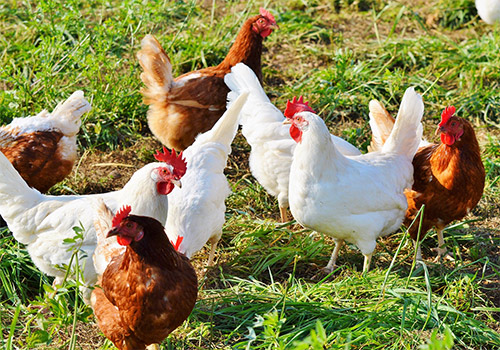
The addition of oils and fats in feeds can change the palatability of feed, prolong the stay of feed in the digestive tract, and increase the feed intake and digestion and absorption of laying hens. When adjusting the feed formulation, the protein content should not be increased but rather reduced. The content in the feed should be increased accordingly in accordance with the reduction in dietary intake.
Do you Know What’s the new Concept of Broiler Rearing Management?
With the progress of the times and the development of science and technology, the genetic breeding technology of broilers has been greatly improved, and the nutritional formulation of chicken feed has also undergone new changes. Broiler breeds are constantly being optimized, and the feeding and management viewpoints of broiler chickens are no longer practical. The broiler breeders at this time need to understand some new ideas for the early feeding and management of broilers.
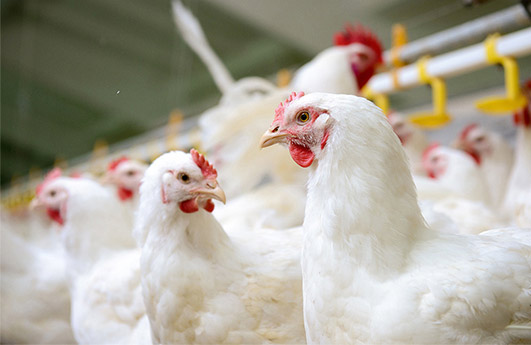
Do a good job of early feeding chicks, so that the chicks get even and good development in the first week. Changing the way that chickens were fed before drinking water for a period of time before they were fed will become better when the chicks arrive. Change the practice of distributing drinking fountains according to the number of chickens in the past, and increase the number of drinking fountains accordingly so that the chicks can easily find the water in the column after entering the house. If the chicks do not use the trays within the first day of arrival, use clean plastic cloths on the net or spread clean and hard papers to spread the material on the chicks for feeding. The effect is much better than using the trays alone.
What are the Most Important Secret of Keeping Chickens Efficiently?
The efficient breeding of broilers can not be separated from the rich chicken breeding experience of broiler farmers, but also can not be separated from the scientific use of broiler breeding techniques, and the efficient feeding of broilers is an important guarantee for the success of broiler breeding.
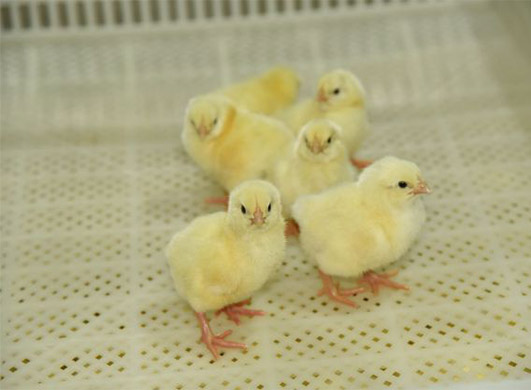
Insist on the advanced breeding method to leave the ground chicken, can be raised on a net bed. The nets are raised flatly, and the meshes are of a moderate size, so that chicken eyes can't leak through the mesh, and chicken droppings can be leaked. You can make or purchase a commercially available plastic net bed. As a result of leaving the ground, the pathogen has lost a breeding hotbed and can effectively control the occurrence and spread of chicken coccidiosis and ferret disease. The implementation of off-site feeding is mainly used to prevent ground infection, convenient and feasible, and strong operability.
How to raise broilers for moving chicken sheds?
How to raise broilers for moving chicken sheds? With the occurrence of irresistible factors from time to time, the use of the original fixed chicken house is often prone to significant economic losses. In order to avoid the limitations of the fixed chicken house, mobile chicken sheds have emerged in recent years. This kind of house construction can not only To meet the needs of farmers breeding chickens, the key to it can make up for the lack of fixed chicken house, easy to move.
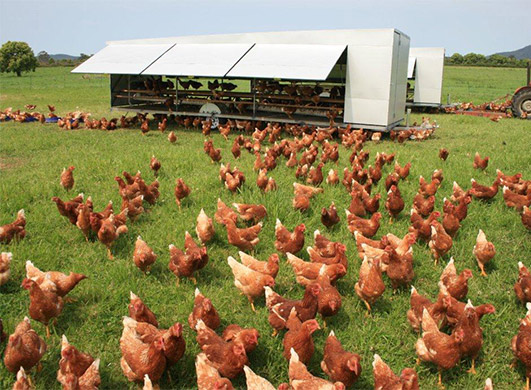
The so-called mobile chicken shed is actually an easy-to-remove, easy-to-move hut built with bamboo, wood, and thin-film materials. The construction of the shed can be made on the spot: a bamboo or wood strip is used to build a length of 8 meters, a width of 1.2 meters, and a height of 2.2. The frame of the rice, with a door in the middle, a door with a width of 0.8 meters (without leaving windows on both sides), and using an old nylon net or fishnet to enclose and fix it around and at the top and covered with a thick black film. The floor of the chicken shed is laid with bamboo or branches at centimeter intervals, and then the bottom is raised with a brick to a height of 10-15 cm, and the moving chicken shed can be put into use. Each chicken shed should be placed on a grassy slope that is sheltered from the wind, has a flat surface, and does not accumulate water. It is best to use woods or orchards. Grasses are planted and sprinkled with sand.
The Breeding Density of Broilers
Farming baby chickens for baroilers adopts a combination of whole-house brooding and upper cage brooding. The number of broods per cage is only 25, and there is no problem of crowding. The rearing density of caged broiler chickens is related to the season. The summer stocking density is low, and the winter stocking density can be appropriately increased. Generally, 8-9 pigs are fed in each cage.
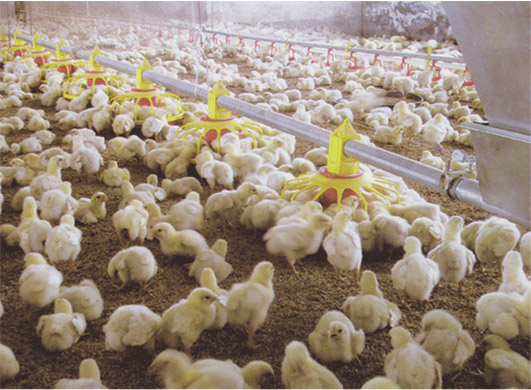
Under the conditions of adopting ground litter and keeping the animals online, chickens should be divided into several small groups within the house. The number of chickens per group should be between 200 and 300. When divided into groups, they should be weighed according to their size, physical strength, and public health. The mother carries on, the individual characteristic in each small group must be basically similar. The characteristics of individuals in the group are similar, which is conducive to the even development of the group and helps to increase the survival rate of the chicks.
Advantages and Disadvantages of Broiler Ground Thick-bed Feeding Slat
The broiler ground thick litter feeding refers to feeding 5-10 centimeters of litter on the ground of a strictly sterilized chicken house, and the entire period of growth of the chicken is fully maintained on the litter. The litter requires soft, dry, strong water absorption, is not easy to compact, does not mold, no pollution. During the rearing process, loosening of padding material, removal of wet litter, and addition of new litter should be made as appropriate.
Advantages: Suitable for broiler growth and development, slightly lower than the Internet temperature during the hot season. Usually do not remove the feces, do not change the litter, save time and labor; in the winter can use litter fermentation heat production and increase Shewen; chicks in the litter activity increased, reduced the incidence of earthworms. Easy to use, low equipment investment, low incidence of breast cysts, and low defective products.
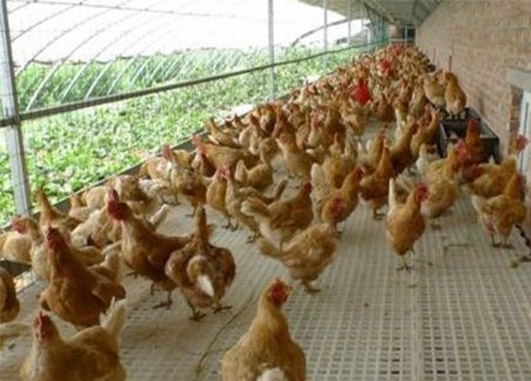
Disadvantages: It requires a lot of litter, repeated investment. The management of litter is difficult. If the management is not good and the litter is wet, various diseases of the digestive tract and respiratory tract infections are prone to occur: such as E. coli, coccidiosis, and chronic respiratory diseases. Direct contact between chickens and feces, the incidence of coccidiosis increased, and other infectious diseases are prevalent. The contradiction between ventilation and heat preservation is prominent, and health management is difficult. Chicken manure use value is reduced.
What is the Most Important Thing When You Raise Broilers?
In early spring, it is easy to bring discomfort to the chickens in the broiler farms. At this time, the farmers must pay special attention to the rearing and management of the chickens in the broiler farms, and master the necessary broiler breeding techniques to achieve the guarantee of broiler farms. The healthy development of the broilers can lead you a bright feature.
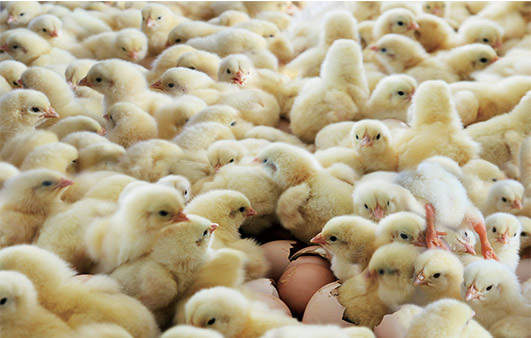
The chickens should ensure that they can drink water within 2 hours after entering the house. For some weak seedlings, artificial drinking can be used to make them drink water. The purpose is to let the chicks learn to drink as soon as possible. The first time the chicks use water at 25°C, add 5% dextrose and 0.1% vitamin C to the water. The waterer should be washed frequently. During the entire brooding period, the drinking water should not be interrupted. From the second day of the brooding, the drinking water should be added. drug.
What are the factors affecting the efficiency of laying hens?
Under the premise of consistent species of laying hens and feed ingredients, the most important indicator affecting the efficiency of broiler breeders is the laying cycle, followed by the feed-to-egg ratio, and again the feed price, egg production rate, egg weight, and dead scouring rate.
Of course, these indicators are not completely isolated, but are interrelated. The effective way to increase the efficiency of laying hens should first be to prolong the laying cycle; second is to design a reasonable level of metabolic energy in order to reduce the ratio of feed to eggs and control feed unit price.
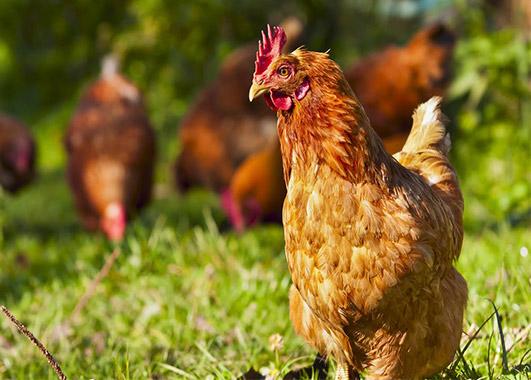
Strengthen feeding and management of your layer chicken cages for sale, reduce the incidence of laying hens The health of laying hens must focus on the laying period, because this period is the most important stage for laying hens to achieve a good economic benefit, and it is also a period when laying hens are susceptible to disease.
